Tag Archive for: Aperture
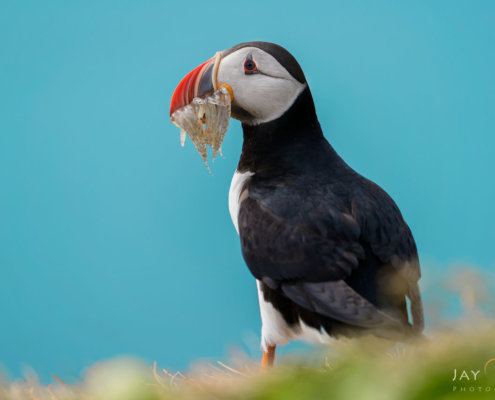
Mastering Aperture Setting: A Beginner’s Guide
Beginner’s guide to aperture settings—learn how to control light, depth of field, and create stunning, sharp, and creative landscape photos.

How to Overcome Depth of Field Limitations in Nature Photography
Struggling to keep your landscapes sharp front to back? Learn 4 proven ways to overcome depth of field limitations in photography.

Choosing the Right Aperture Setting for Nature Photography
Discover the best aperture settings for wildlife, landscape, macro, and night photography to capture sharper, more creative images.
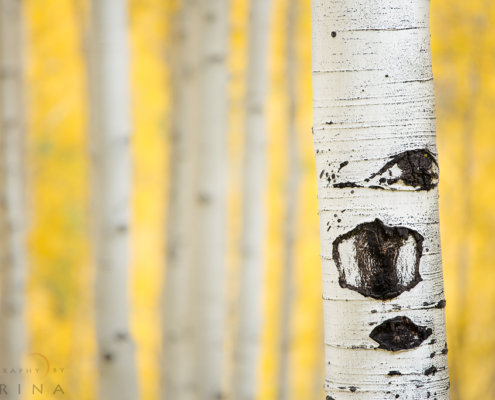
How to Select Correct Depth of Field in Nature Photography
Getting depth of field in nature photography can be quite challenging. Here are some invaluable tips from Varina Patel.
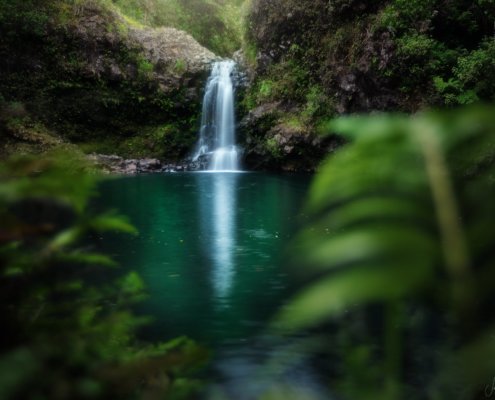 Jaclyn Tanemura
Jaclyn Tanemura5 Reasons to Use Shallow Depth of Field for Landscape Photos
Discover 5 creative ways to use shallow depth of field in landscape photography to simplify, add depth, and capture stunning bokeh.
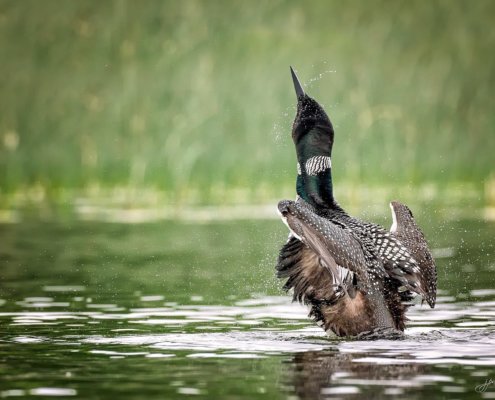
How to choose Shutter Speed & Aperture for Nature Photography
/
2 Comments
Pro photographer Jane Palmer explains how to choose shutter speed and aperture for nature photography to produce desired visual effects.
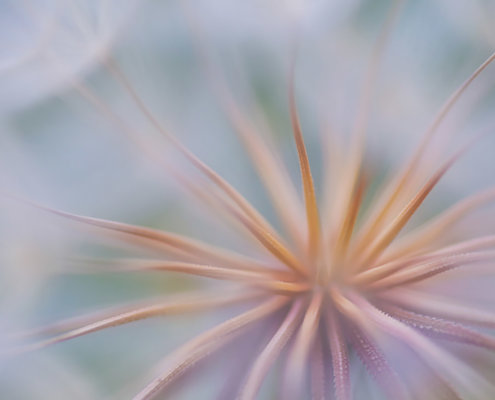
Getting Started with Narrow Depth of Field Photography
Learn how to get started with narrow depth of field photography, a technique to take your photos of subjects in nature into a new realm of creativity.
